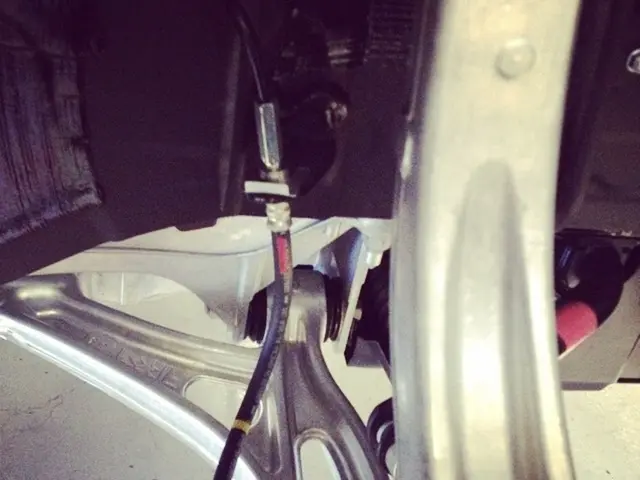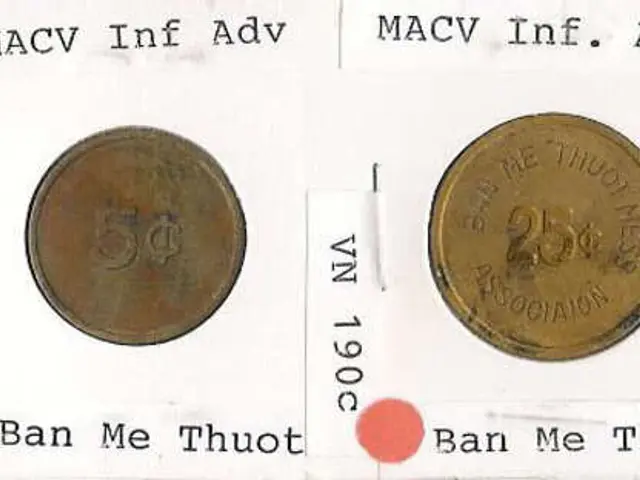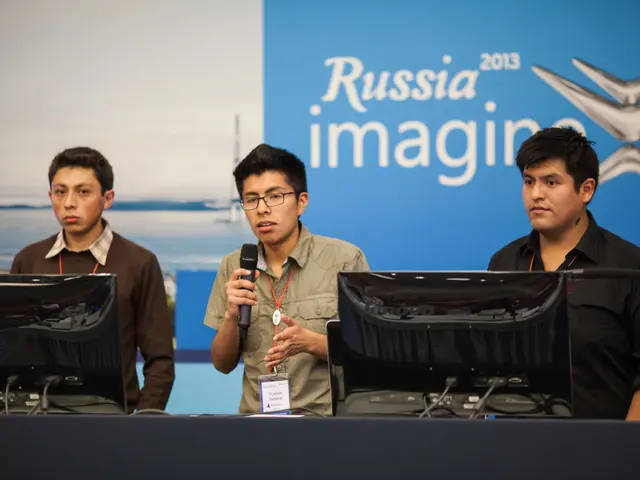Athletic Pursuit and Social Transformation: The Ambitions of Keita Sato [Sports Stories]
Keita Sato: The Para Athlete and Toyota Employee Pursuing Greatness
Keita Sato, a 27-year-old Para athlete and employee at Toyota's Production Control Division, begins his day at 7:45 AM in a blue Prius, arriving at Toyota Motor Corp. headquarters in Toyota City.
Sato, one of Japan's top Para athletes, has had an extraordinary journey. As a fourth-year elementary school student, he started playing soccer. However, his life took a drastic turn when he was diagnosed with Ewing's Sarcoma, a type of bone and soft tissue cancer, in high school.
Despite the challenges, Sato opted for amputation to continue playing sports with a prosthetic leg. His determination led him to become a formidable force in the world of Para athletics. He has competed in the Summer Paralympic Games in London 2012 and Rio de Janeiro 2016, winning a bronze medal and setting a new record for Japan in the 4 x 100m relay.
Sato's training program is rigorous, including aerobic warm-up, mat stretches, abdominal-strengthening, high-level muscle training, and running practice. His dedication to his craft is evident as he uses a variety of competition prosthetic legs, always searching for one that will help him run faster and 'run better'.
Sato's career has been inspired by Atsushi Yamamoto, a Japanese Paralympic athlete known for his achievements in track and field. Sato pays attention to the values of "challenge", "modesty and appreciation", and "genchi genbutsu" at Toyota, values that resonate with his own approach to life and sport.
In his downtime, Sato gives lectures and interviews, sharing his experiences and inspiring others. He also enjoys reading at home or visiting an onsen during his days off. Sato eats a balanced diet and breaks meals into several throughout the day.
Sato finds Japanese society not fully familiar with impairment, and there are occasions when society reacts oversensitively. He finds the principle of no distinction toward impairment, or a more inclusive society, abroad inspiring. After his surgery, Sato found it hard even to stand, let alone walk. He struggled to adjust, lifting his prosthetic leg to walk. But his resilience and determination never wavered.
Sato started Para athletics while undergoing rehabilitation after entering high school. Running serves as the foundation of a majority of sports. He set a Japanese record for the individual 200m running event as a third-year high school student.
In 2015, Toyota became a Worldwide Partner for the International Olympic Committee and International Paralympic Committee. Sato's connection with Toyota goes beyond his employment, as he aligns with the company's values and finds inspiration in its commitment to the Paralympic movement.
Sato uses his right prosthetic leg to press the accelerator and his left leg to brake while driving. After a day of work and training, he typically returns home at around 9 PM. The energy, the sheer number of spectators, and the sports-fan culture he experienced at the Summer Paralympic Games in London 2012 continue to astonish him.
Sato's story is a testament to the power of determination, resilience, and the human spirit. His journey serves as an inspiration to many, demonstrating that with hard work and perseverance, one can overcome obstacles and achieve greatness.
![Athletic Pursuit and Social Transformation: The Ambitions of Keita Sato [Sports Stories]](/en/content/images/size/w1280/format/webp/20250910132936_para-athlete-toyota-employee.jpeg)






